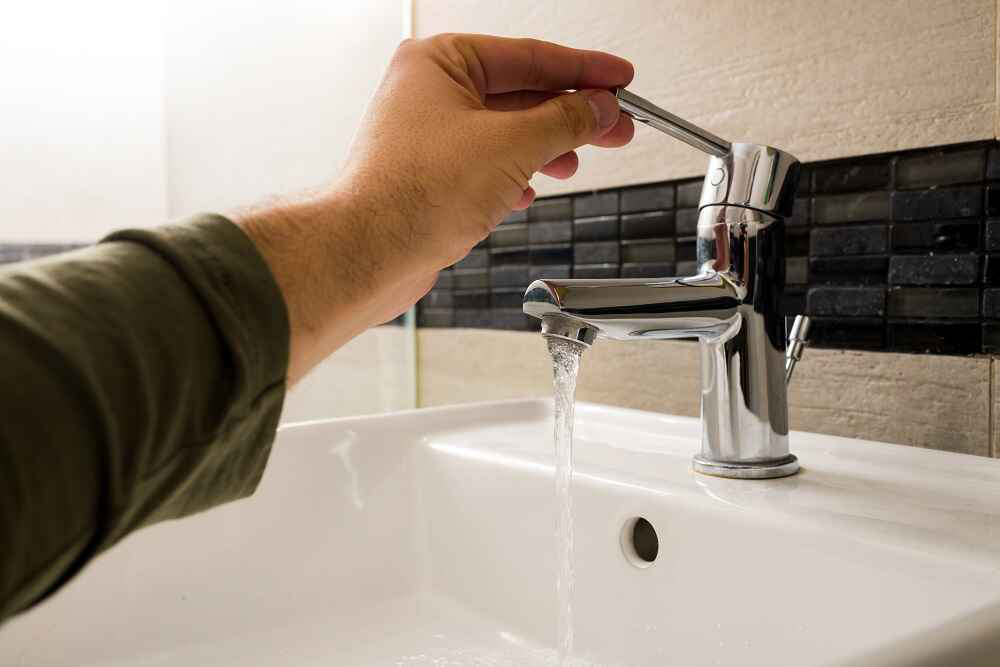
Having water pressure issues at home can be downright frustrating. Whether it’s a shower that dribbles instead of pours or a sink that takes forever to fill, low water pressure can disrupt your day-to-day activities. Conversely, if the water pressure is too high, it can harm appliances, faucets, and pipes.
At Express Trenchless Plumbing, our goal is to provide top-notch plumbing repair in Pinecrest, FL, and empower homeowners with the knowledge to prevent recurring issues. This guide will help homeowners understand water pressure problems and offer practical solutions.
What Causes Water Pressure Problems?
To solve water pressure issues, it’s important to first understand what’s causing them. Here are some common culprits homeowners face.
1. Blocked or Leaking Pipes
Blockages in your pipes caused by debris, mineral deposits, or corrosion can reduce the flow of water. Similarly, leaks waste water and can disrupt the pressure throughout your home.
Check for visible leaks under sinks or around exposed pipes. Listen for unusual sounds like hissing or dripping, which may indicate a hidden leak. Regularly clean faucet aerators and showerheads to remove any build-up. For more extensive blockages or leaks, contacting a professional plumber is essential.
2. Malfunctioning Pressure Regulator
If your home is equipped with a pressure regulator, its malfunction can either reduce water pressure or make it dangerously high. A poorly functioning regulator often requires expert attention. Call Express Trenchless Plumbing for a precise diagnosis and replacement of the pressure regulator.
3. Water Supply Issues
Sometimes, the problem originates outside your home. Changes in the municipal water supply—like construction or broken infrastructure—can lead to fluctuating pressure. Check with your local water provider to see if there are known supply issues in your area. If your neighbors are experiencing similar problems, the city might be working on their infrastructure, and the issue is likely temporary.
4. Faulty Fixtures
Individual fixtures, such as faucets or showerheads, can develop clogs or wear out over time, impacting water flow. Replace old or worn-out fixtures. Upgrade to high-quality fittings to prevent recurring problems.
5. Improper Plumbing Installation
An improperly installed plumbing system can be a hidden cause of water pressure issues. Incorrectly sized pipes, substandard installation practices, or outdated plumbing materials can all contribute. Invest in a professional plumbing installation service to ensure long-term functionality and efficiency in your system.
How to Diagnose Water Pressure Issues
Conducting some basic diagnostics can help determine the extent of the issue before calling in professionals.\
1. Test Water Pressure Levels
You can purchase a water pressure gauge from your local hardware store. Attach it to an outdoor faucet and turn on the water. Ideal pressure typically ranges between 40 and 60 PSI (pounds per square inch). If the reading is outside this range, further investigation or repair is necessary.
2. Check Water Valves
Sometimes, low pressure is a simple fix. Check if all the shut-off valves in your home are fully open. Partial closures can significantly reduce water flow.
3. Monitor Patterns
Take note of where and when the issue occurs. For example:
- Does low pressure only happen when multiple appliances are running?
- Is the problem isolated to one fixture or spread across the entire house?
This information can be incredibly helpful for your plumber when diagnosing the issue.
Solutions for Water Pressure Problems
Once the issue has been identified, here are the solutions that many homeowners turn to.
1. Professional Plumbing Repair
When it comes to blocked, leaking, or corroded pipes, working with a professional plumber is the best course of action. Attempting DIY fixes may worsen the situation or cause further damage.
At Express Trenchless Plumbing, we specialize in non-invasive pipe repair methods that save time, reduce costs, and avoid unnecessary disruption.
2. Installing a Water Pressure Booster
For homes experiencing persistently low pressure due to a weak municipal water supply, installing a water pressure booster can make a world of difference. These devices ensure steady and sufficient water pressure for all your needs.
3. Replacing Old Pipes
Outdated galvanized pipes are prone to rust and blockages. Replacing them with modern materials, such as PVC or PEX, can improve water flow and reduce ongoing maintenance issues.
4. Regular Maintenance
Routine maintenance helps prevent water pressure issues from arising in the first place. Schedule an annual inspection with a trusted plumbing company to catch potential problems early.
5. Emergency Plumbing Services
Some water pressure issues can’t wait. Sudden drops in water flow or the presence of leaks can indicate emergencies that need immediate attention. Having a reliable emergency plumbing service on speed dial is crucial for addressing these urgent matters.
Remember, water pressure problems can be frustrating and inconvenient, but they don’t have to be permanent. By following these tips and seeking help from Express Trenchless when needed, you can ensure a steady flow of water in your home. Don’t let low water pressure ruin your daily routine. Contact our emergency plumber today for same-day service! Our team is here to guide you every step of the way, from diagnosis to repair or installation.
Schedule a service online
